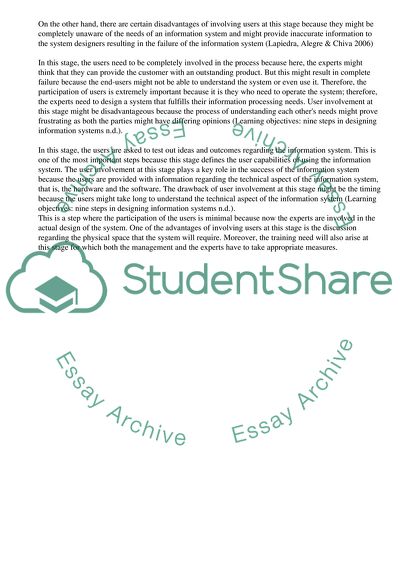Cite this document
(Human Resource Management, Information Systems and Employee Relations Assignment - 7, n.d.)
Human Resource Management, Information Systems and Employee Relations Assignment - 7. Retrieved from https://studentshare.org/management/1743183-business-management
Human Resource Management, Information Systems and Employee Relations Assignment - 7. Retrieved from https://studentshare.org/management/1743183-business-management
(Human Resource Management, Information Systems and Employee Relations Assignment - 7)
Human Resource Management, Information Systems and Employee Relations Assignment - 7. https://studentshare.org/management/1743183-business-management.
Human Resource Management, Information Systems and Employee Relations Assignment - 7. https://studentshare.org/management/1743183-business-management.
“Human Resource Management, Information Systems and Employee Relations Assignment - 7”, n.d. https://studentshare.org/management/1743183-business-management.


